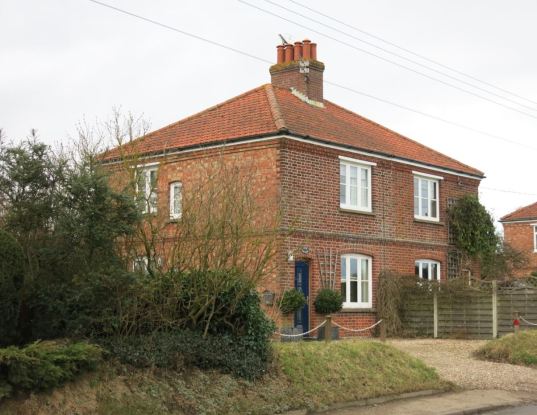The centenary of Christopher Addison’s 1919 Housing Act has been another reason to celebrate council housing. You will know – despite loose media commentary to the contrary – that the 1919 Act did not begin council housing. But it was hugely important in the generous financial support it offered, in the high standards it set and, crucially, in the requirement local authorities build where the need was proven.

Sanitary Street (now Anita Street), Manchester, built by the City Council in 1897
Around 1.1 million council homes were built between the wars; some 24,000 before 1914. This was a housing revolution. But the period before the First World War was vital in setting the template for what followed – the machinery of national and local state that built and the legislative means that enabled.
The 1866 Labouring Classes Dwellings Act allowed municipalities to purchase sites and build and improve working-class homes. As importantly in the longer term, it allowed local authorities to borrow at preferential rates from the Public Works Loan Commissioners – in effect, the first government ‘subsidy’ for public housing.
The breakthrough legislation was the 1890 Housing of the Working Classes Act which, initially in a London context, required that at least 50 per cent of housing demolished in clearance schemes be replaced and gave councils the power to build these homes.
This pre-war period also established the debate about the form of housing to be built that would dominate council housing’s history: broadly speaking between the multi-storey flats and tenements seen as a necessary means of housing the inner-city poor and the two-storey cottage homes and garden suburbs favoured by most housing reformers.

Holt Road, Edgefield, Norfolk, built by Edgefield Parish Council in 1912
There is also evidence that the pace of local authority housebuilding was quickening significantly in the years immediately before the war. Whilst it’s hard to imagine the sea-change of 1919 without the impact of war, that great locomotive of history, there is a case to be made that council housing would have expanded significantly without it.
Anyway, all that is by way of introduction to my attempt to map and record pre-First World War council housing. The maps marks these homes: an orange icon where they are still standing; purple where they have been demolished. I have also included a photograph wherever possible and links to the relevant blog posts where I have previously written on these schemes.
If you’re exploring the map, have a look for St Martin’s Cottages in Liverpool, built uniquely in Britain under the terms of the 1866 Act and the country’s first council housing. In Ireland, then part of the United Kingdom, Dublin Corporation built three tenement blocks under the terms of the 1866 Act. Stow Road, Ixworth represents the first rural council housing, built in 1894.
All this is very much work in progress and I would love to expand and develop this resource with your support. It would be great to have images of any of the schemes which aren’t currently illustrated (preferably not Streetview) and please let me know of any pre-1914 schemes not yet marked. Just leave a comment, use Contact Me at the top left or you can find me on Twitter @MunicipalDreams.

You have included Lacy Street Trafford, I would think that you should use the name of the council that built the first council homes, in this case it was Stretford Urban District Council who demolished an area called Diamond Court and Moore St and re-housed the occupants, some of cellar dwellings, in new build council houses on Lacy Street, Cooper St and Crossford St with Hancock St soon following.
Yes, you’re quite right. That was a mistake on my part, corrected now – thanks for pointing it out.
You have not included Aberdeen. First council housing 1899. I will send a photo
Thank you. I’ll be pleased to add that and relevant details. My email address is municipaldreams (at) outlook (dot) com.